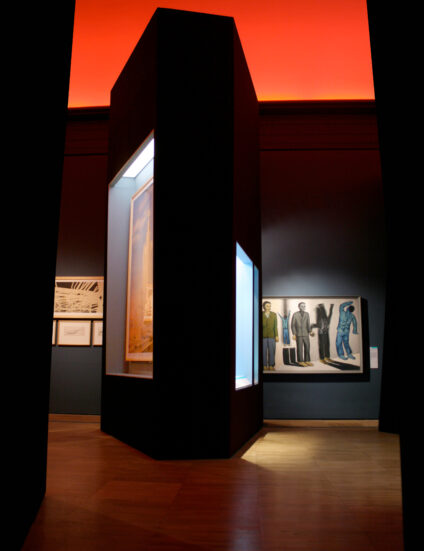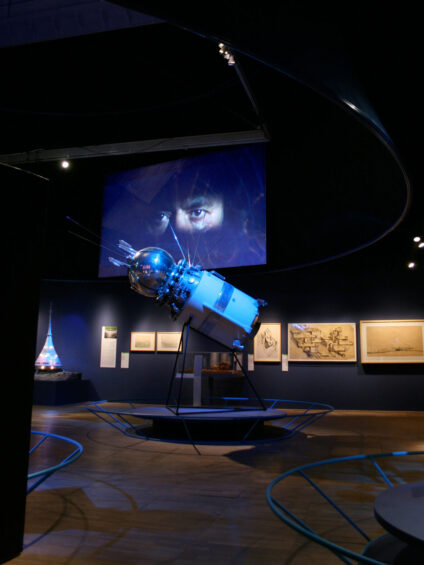PROJECT
Cold War Modern
Retelling the Cold War through the lens of art and design at the V&A
Universal Design Studio's first foray into exhibition design for a globally renowned cultural institution


Universal Design Studio's first foray into exhibition design for a globally renowned cultural institution

